3 Brown Sugar Alternatives for Diabetic-Friendly Recipes
Brown sugar substitute for diabetics has become an essential consideration for those managing blood glucose levels while still craving sweet flavors in their food.
These alternatives offer the same warm, caramel-like taste without causing dangerous spikes that regular brown sugar triggers.
Many health-conscious individuals now reach for natural options that mimic both the flavor profile and texture of traditional brown sugar in recipes.
The market continues to expand with innovative products specifically formulated to address dietary restrictions while maintaining culinary enjoyment.
Clever food scientists have developed formulations that allow for baking, cooking, and sweetening beverages without compromising taste or health goals.
From plant-based derivatives to modified natural sweeteners, these alternatives represent significant advancements in diabetic-friendly food options.
The next sections will reveal which substitutes perform best in different cooking applications and how they can transform everyday meals into delicious, health-conscious creations.
Why Diabetics Need Alternatives to Brown Sugar
People with diabetes often need to find alternatives to brown sugar because managing blood sugar levels is key to their health and well-being. Swapping out regular sugar helps keep meals safer, more balanced, and better suited to daily needs:
Sweet and Rich Brown Sugar Replacements
Brown sugar alternatives keep desserts tender and sauces rich with deep flavor. Subtle changes can create delicious surprises. Check out the sweet swaps ready for your pantry.
Splenda
Splenda, also known as sucralose, stands as a top sugar substitute highly recommended for diabetics since it doesn't affect blood sugar levels despite being 600 times sweeter than regular sugar.
This remarkable sweetener satisfies sugar cravings while passing through your body almost undetected and unabsorbed, making it a safe option for daily use.
When cooking or baking, only a tiny amount is needed to replace brown sugar in recipes due to its intense sweetness.
The safety profile of this non-nutritive sweetener is impressive - consuming more than seventy-five sachets would be necessary before any harmful effects might occur, an amount practically impossible to reach in normal use.
Sweet N Low Saccharine
Saccharine, packaged in those recognizable pink Sweet and Low packets, stands as one of history's oldest artificial sweeteners with surprising origins dating back to 1879 when scientists accidentally derived it from coal tar.
This remarkable substitute offers sweetness 300 times more powerful than regular sugar without affecting blood sugar levels or adding significant calories to your diet.
For a brief period, saccharine faced controversy and was banned in the United States after studies linked it to cancer in laboratory mice.
Later research thankfully revealed these concerns didn't apply to humans, leading the FDA to fully approve this popular sugar alternative for widespread use.
Stevia
Substituting stevia for brown sugar offers a healthier, natural option with almost zero calories compared to traditional sugar's high calorie content.
Many people enjoy Truvia and Pure Via brands, which produce steviol glycosides from the Stevia rebaudiana plant native to South America.
The FDA has confirmed this plant-based sweetener is safe for consumption without requiring additional approval processes.
When baking or cooking, simply use two teaspoons of stevia to replace one tablespoon of brown sugar in your recipes.
Some bakers notice a slight difference in texture since stevia doesn't provide the same moisture or volume as brown sugar, but minor recipe adjustments can easily solve this issue.
Baking Tips: Using Brown Sugar Substitutes in Cookies and Cakes
Baking with brown sugar substitutes can help you create cookies and cakes that are just as delicious while meeting your dietary needs or using what’s on hand. Getting the right moisture, texture, and sweetness is simple with a few helpful tricks:
Your Brown Sugar Substitute Questions, Answered
1. How do I make a homemade brown sugar substitute?
Mix 1 cup white sugar with 1 tablespoon molasses for light brown sugar, or 2 tablespoons for dark brown sugar.
2. Are there low-carb or keto substitutes for brown sugar?
Yes, use brown sugar-style erythritol or monk fruit sweetener blends for a lower-carb option.
3. Can I use liquid sweeteners instead of brown sugar?
Honey or maple syrup can replace brown sugar, but reduce other liquids in the recipe to maintain the right consistency.
4. Are brown sugar substitutes suitable for cookies and cakes?
Absolutely, most options work well in cookies, cakes, and muffins, though texture and taste may vary slightly.
5. Will using a substitute affect caramelization or browning?
Some substitutes, like coconut sugar or maple syrup, caramelize differently and may change the color or crust of your baked goods.
6. Are all brown sugar alternatives vegan?
Most are vegan, but check labels on sugar and honey if strict vegan standards are needed.
7. How should I store brown sugar substitutes?
Keep dry substitutes in an airtight container and liquid ones sealed in the fridge or a cool pantry.

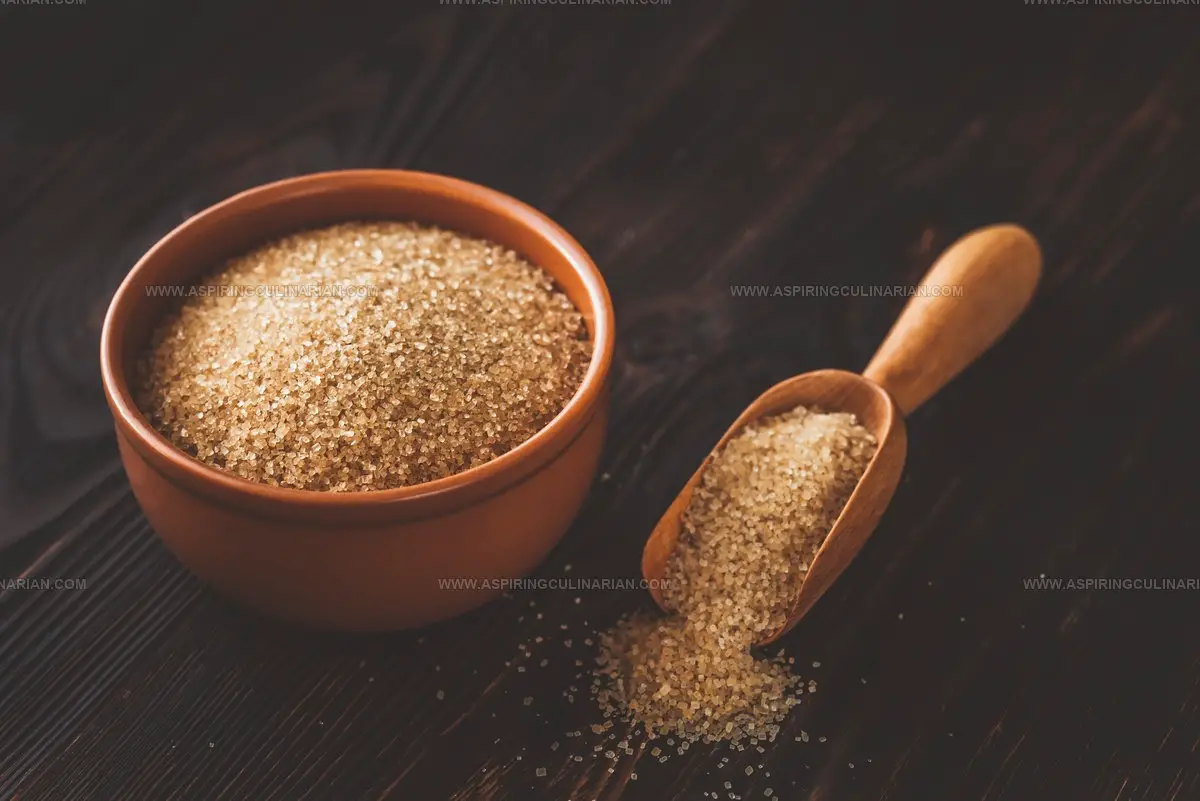
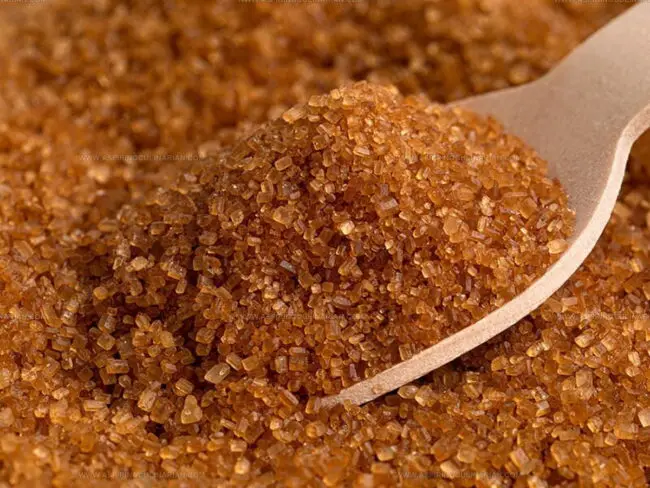
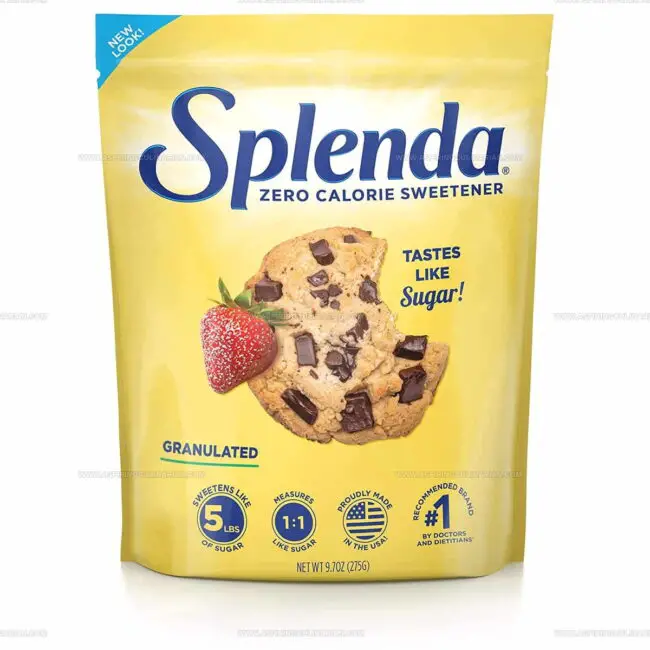
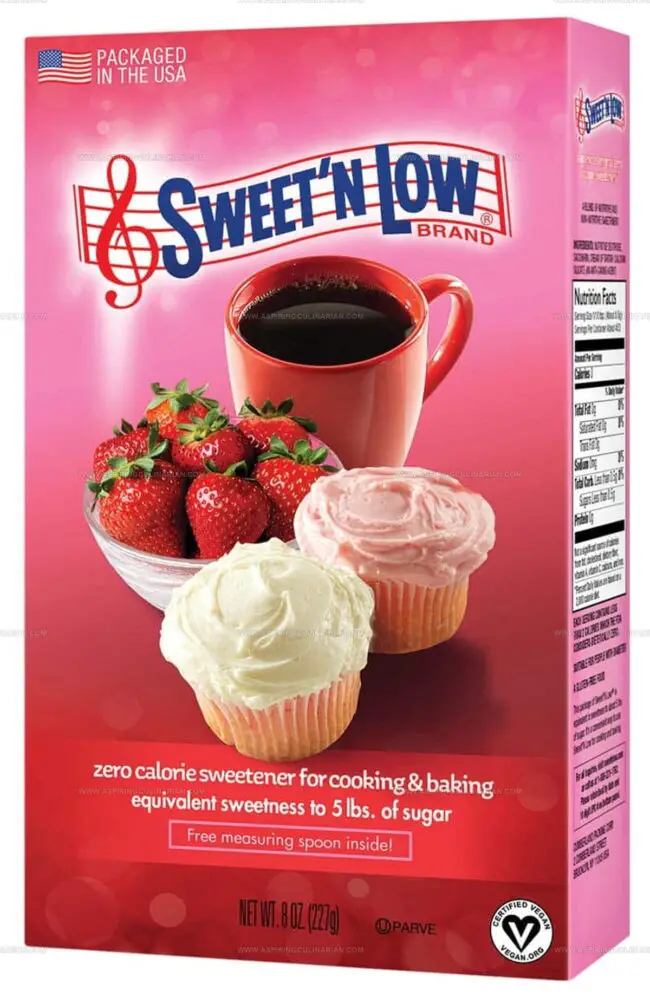
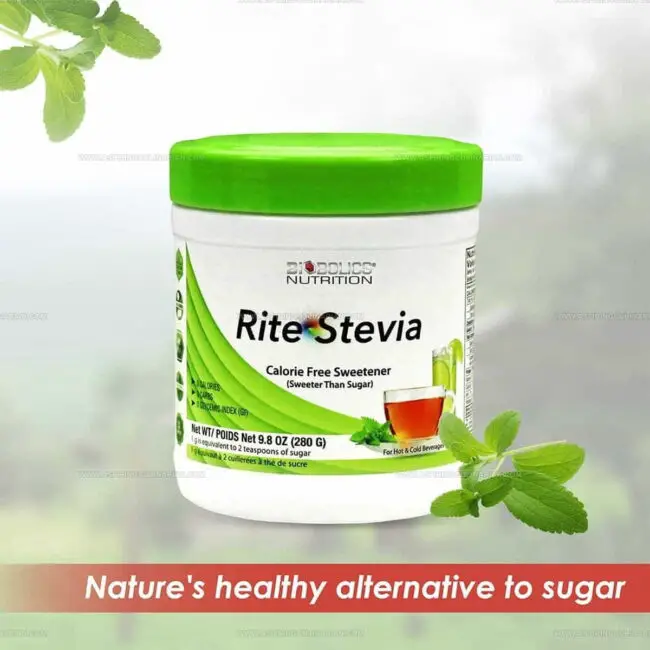
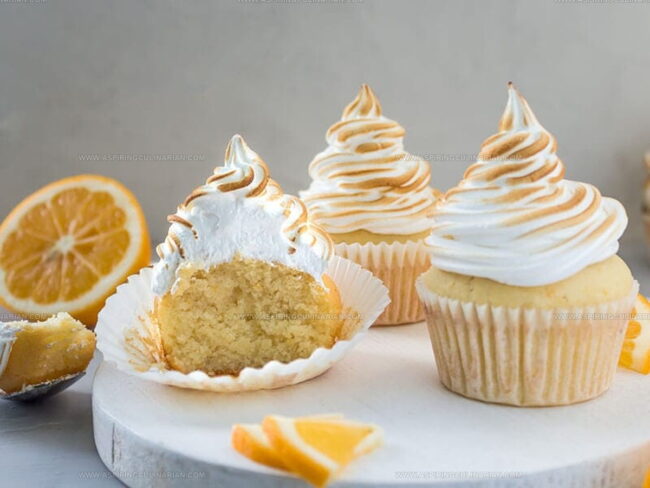
Lena Martinez
Contributing Writer & Culinary Educator
Expertise
Southwestern and Latin American cuisines, Vegetarian and plant-based recipe development, Culinary education and community outreach
Education
Santa Fe Community College, Santa Fe, NM
Certificate in Culinary Arts
Emphasized Southwestern cuisine and sustainable cooking practices
Lena grew up surrounded by the colors, spices, and traditions of the Southwest – flavors that sparked her love for bold, honest cooking. After earning her Culinary Arts certificate at Santa Fe Community College, she made it her mission to teach home cooks how to create flavorful, plant-powered meals without the fuss.
Her recipes are packed with vibrant ingredients, simple steps, and the kind of heart that turns a regular meal into something you’ll want to share. Outside the kitchen, Lena spends her time wandering farmers’ markets, trading family recipes, and helping young chefs find their voice through food.